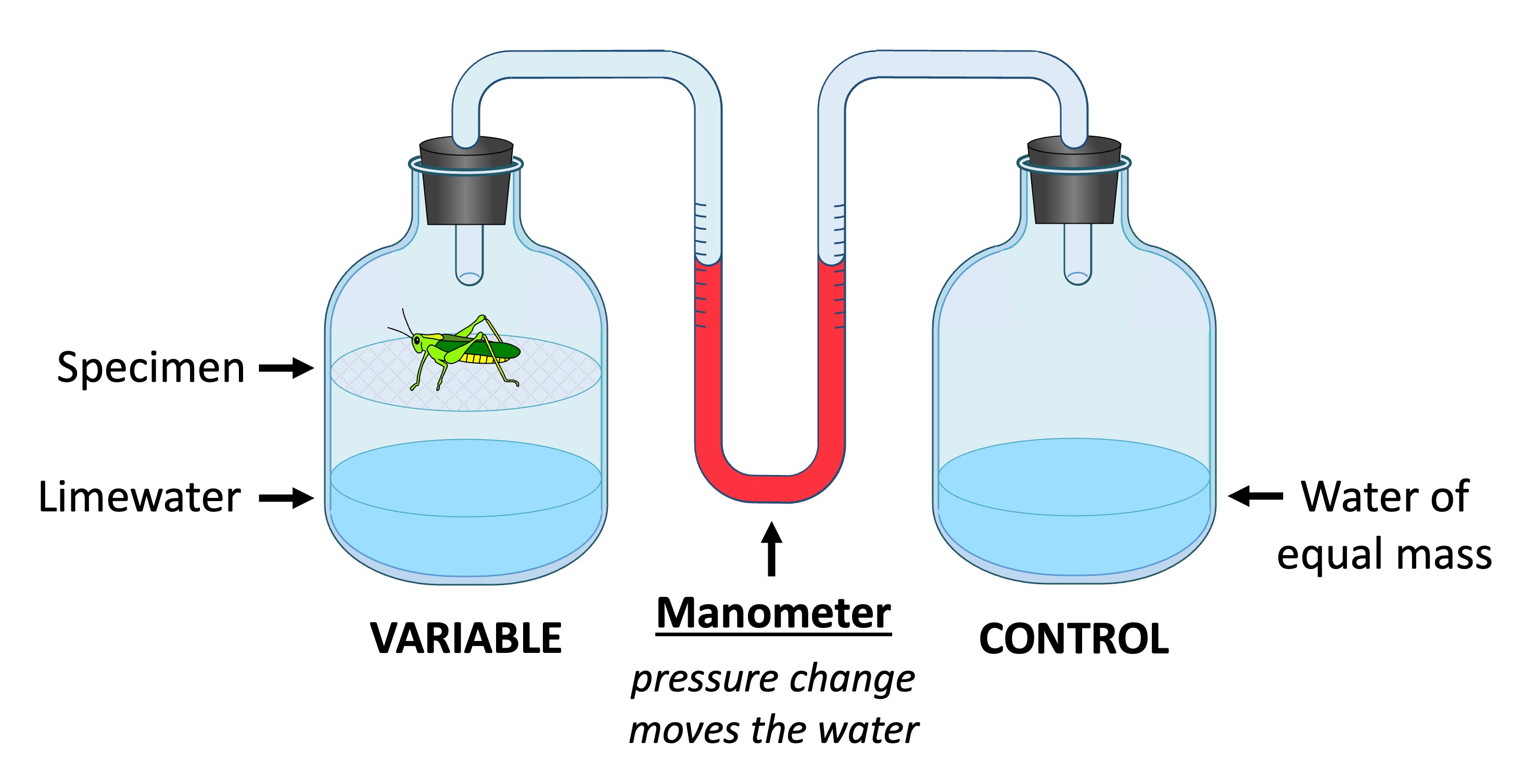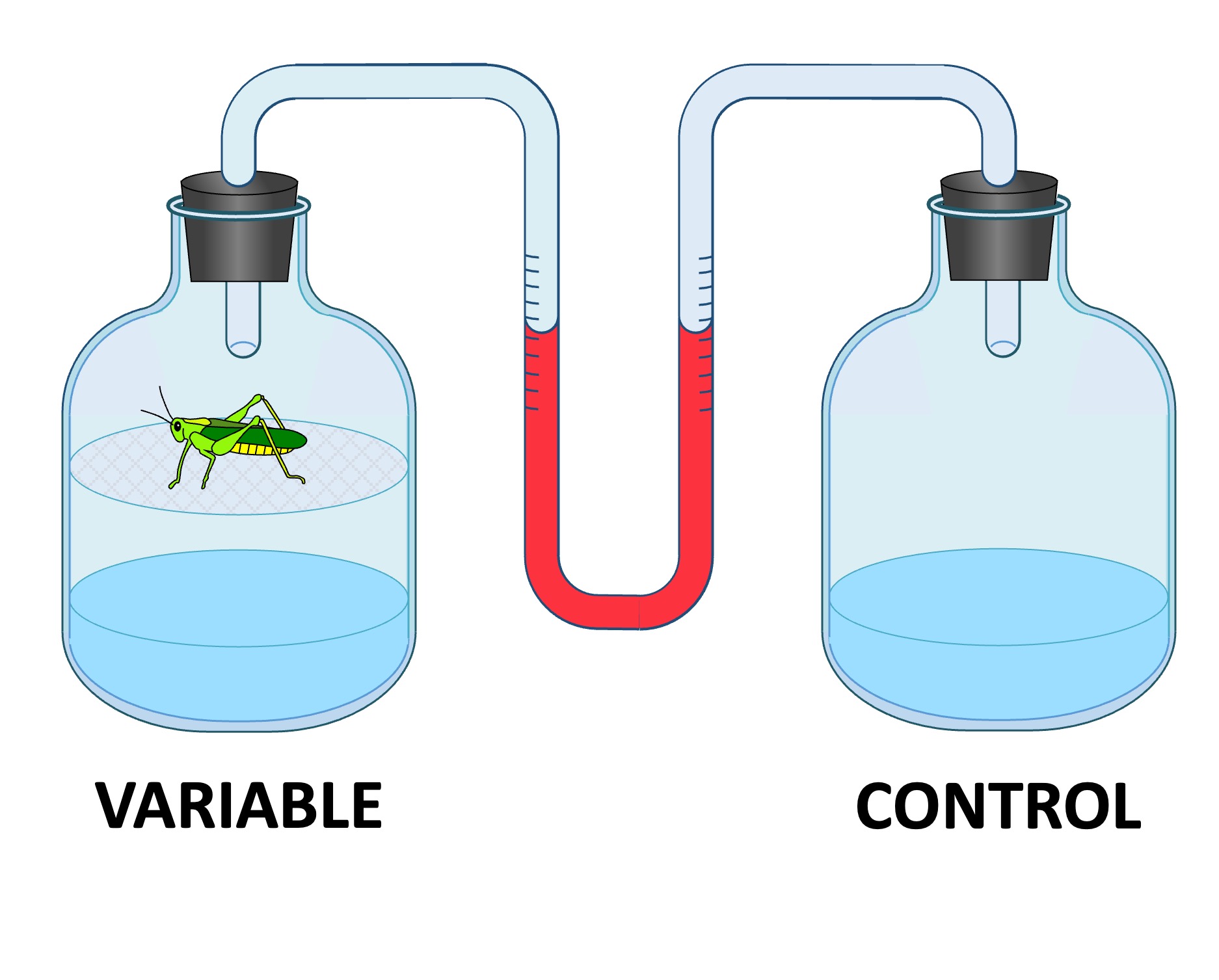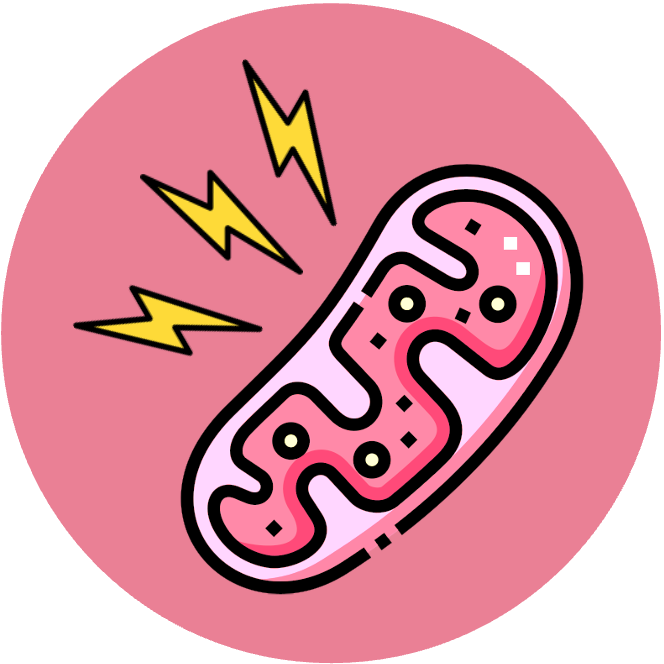

Limiting Factors
When a chemical process depends on multiple conditions to occur, the reaction rate will be limited by the condition nearest to its minimum value
-
This is known as the law of limiting factors (the factor in the shortest supply will determine the rate of a biochemical process)
There are numerous variables that can potentially affect the rate of cell respiration within an organism
-
Temperature and pH will alter the functionality of respiratory enzymes and hence influence reaction rates
-
Glucose and oxygen are respiratory substrates and their levels of availability will influence reaction rates
-
Certain inhibitors may also influence respiration rates by preventing necessary enzyme-substrate interactions
Enzyme Factors
Temperature affects the rate of cell respiration by impacting the frequency of successful enzyme-substrate collisions
-
At low temperatures the respiration rate will be low as there is insufficient kinetic energy for frequent collisions
-
At high temperatures the respiration rate will be low as the enzymes begin to denature and lose their functionality
-
Respiration rates will be highest at a temperature that reflects optimum physiological conditions (typically ~37ºC)
pH also affects the rate of cell respiration by changing the charge and solubility of the enzymes involved
-
Respiration rates will be highest at a pH that reflects optimum physiological condtions (typically a pH of ~7)
-
Any pH condition outside of an optimal range will cause the enzyme to denature, reducing the respiration rate


Substrate Factors
Glucose is the main respiratory substrate and hence its levels will determine the rate of cell respiration
-
Increasing concentrations of glucose will result in higher rates of respiration until all glycolytic enzymes are saturated (resulting in a plateau)
-
The levels of other respiratory substrates (e.g. lipids, proteins) will need to be controlled so as not to influence the respiration rate
Oxygen is also required for aerobic respiration and hence its levels will determine the rate of this type of respiration
-
Using oxygen as an independent variable can be problematic, as it is difficult to determine how much anaerobic respiration is occurring concurrently
Inhibitors
An enzyme inhibitor is a molecule that disrupts the normal reaction pathway between an enzyme and a substrate
-
Competitive inhibitors bind directly to the active site of the enzyme and prevent substrate interaction
-
Citrate is a competitive inhibitor of acetyl CoA – a key intermediary in the Krebs cycle (aerobic respiration)
-
-
Non-competitive inhibitors bind to a site other than the active site (allosteric sites) to prevent substrate interaction
-
Cyanide binds to an electron transporter and prevents the transfer of electrons in the electron transport chain (aerobic)
-
Measuring Cell Respiration
A respirometer is a device that determines an organism’s aerobic respiration rate by measuring the rate of oxygen consumption
-
The living specimen (e.g. germinating seeds or invertebrate organism) is enclosed in a sealed container
-
When an alkali is included to absorb CO2 (e.g. limewater), oxygen consumption can be measured as a change in pressure within the system
-
The pressure change can be detected with a data logger or via the use of a U-tube manometer
As plants produce oxygen when they undertake photosynthesis, experiments involving plants must be conducted in darkness (no light = no photosynthesis)






